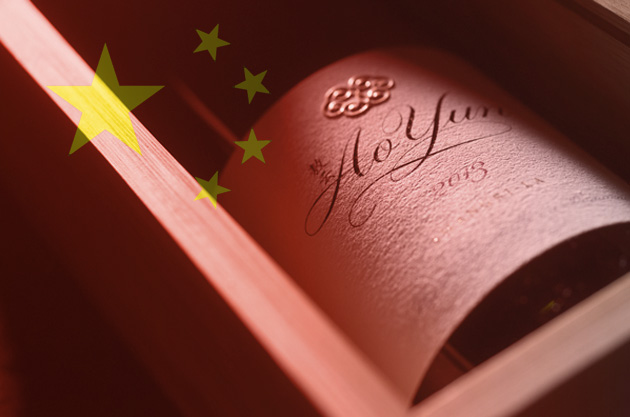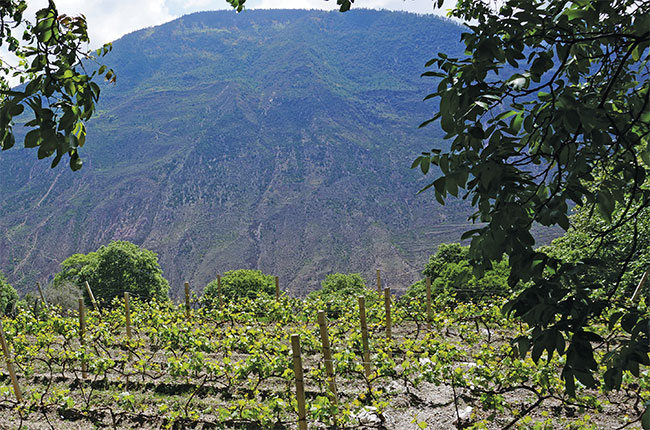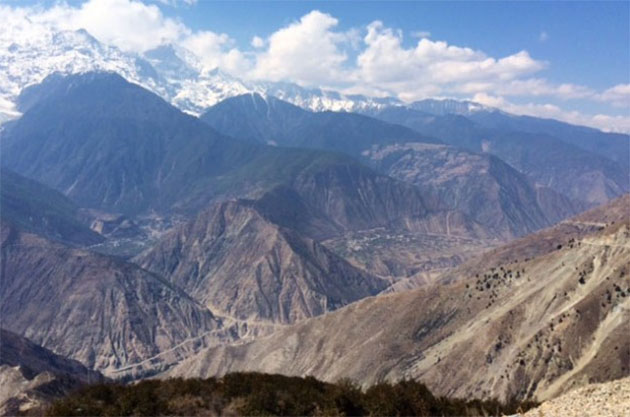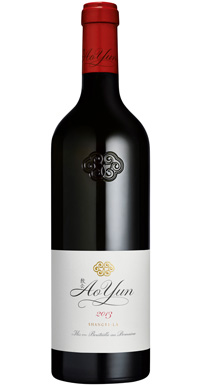Ao Yun-Moet Hennessy and China's Magical High Wire Wine
Date£º
2016-06-30 15:10 Source£º
Decanter Author:
John Stimpfig Translator:
How Moet Hennessy made a luxury red wine in the mountains of China's Yunnan province, near to Tibet. John Stimpfig tastes Ao Yun for the first time with Jean-Guillaume Prats.

When I sampled Ao Yun last night, Jean-Guillaume Prats'latest and arguably most exciting magnum wine opus, I was extremely grateful to the president of Moet & Hennessy's Wine Estates not to be tasting it'blind.
Why was I so relieved to be tasting the wine 'sighted'? Because had I not done so, I simply wouldn't have known where to place this hugely impressive debut red. To my palate it had elements of Napa, Bierzo, the Languedoc and even Bordeaux.
I would never have come close to its actual home of Yunnan province in Southern China on the edge of Himalayas.
'There is no manual. It's a great adventure'

Moet Hennessy's Shangri-La winery in Yunnan province. Photo credit: Moet Hennessy.
What wasn't in doubt though was the quality, uniqueness and pedigree of the wine in my glass.
Indeed, it was remarkable for a number of reasons. Firstly, and most obviously, because of where it comes from and how it was made. As Prats told me, 'There is no manual or benchmark here because we are the first. So we are learning everything as we go along. Really, this is a great adventure.'
This sentiment was captured brilliantly in Jane Anson's exclusive feature in Decanter last year when she was one of the first wine writers to visit this mountain eyrie in 2015.
'Electricity cut out, so we de-stemmed grapes by hand'
What also emerged was just how many challenges were presented to Prats and his winemaker Maxence Dulou to overcome.
One of those challenges was that the electricity kept cutting out at the new winery in Adong. This meant that the sorting tables and de-stemmers were useless and they ended up destemming the grapes by hand.
Then, because of the sheer remoteness of Adong, the fermentation vats didn't arrive in time for the vintage. As a result, the must was vinified in amphorae. And because they couldn't buy 'used'oak barrels, it received a shorter elevage in new oak of just six months so as not to overwhelm the wine and allow controlled oxidation.
The vines were planted in 2002 and are mostly Cabernet Sauvignon with around 10% Cabernet Franc.
Prats has yet to meet (and thank) the visionary who took such an incredible punt on planting these French varietals in such a forbidding and unlikely place. Happily, viticulture is also practised to an extraordinarily high standard, which Prats simply wasn't expecting. 'We have 320 bonsai plots, each of which is like a garden. Everything is done by hand, partly because it is impossible to work it by machinery.'
Ao Yun: Flying above the clouds

Mountains surround Moet Hennessy's winery in Yunnan province. Photo credit: Moet Hennessy.
And it is an utterly spell-binding mountain terroir -which has no equivalent anywhere else on the planet. The steeply terraced vineyards are at a breath-taking (almost literally) 2,200-2,600m -hence the name Ao Yun, which means flying or roaming above the clouds.
This elevation and topography provides for remarkable levels of UV light and extraordinary diurnal temperature variation.
The lack of rain means there is no botrytis or mildew and therefore everything is farmed organically because there is no need for chemicals or sprays.
Prats also pointed out that the time from flowering to harvest here is 160 days, compared to 100-110 in most other parts of the world. 'We had to make our own way throughout', says Prats. 'It was high risk, but the gamble has paid off.'

Ao Yun 2013 A blend of 90% Cabernet Sauvignon and 10% Cabernet Franc, this is a bold, dramatic and compelling debut wine from winemaker Maxence Dulou. Particularly impressive is the strong sense and imprint of place which is partially revealed...
POINTS 94
It certainly has -in spades. In my humble opinion a bright new star has just burst onto the fine wine firmament.
The 2013 Ao Yun will be first released in European and US markets in September and October before being marketed and sold in China and Asia early next year.
Given the quality, cost of production and the rarity -just 2,000 cases have been produced, this has been priced accordingly -at around ¡ê225 per bottle. Given that the wine represents wine history in the making, I have no doubt that it will find plenty of takers both now and in the future.